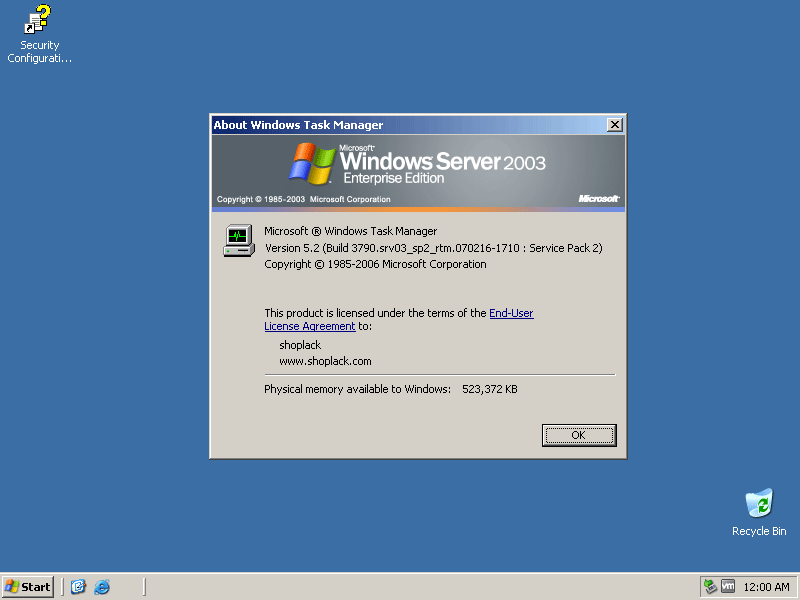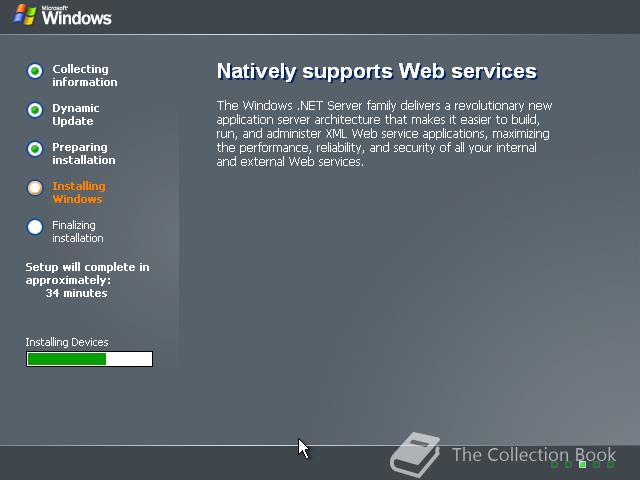

Use the following Windows operating system command: Note the drive you are imaging (listed in the output of the list volumecommand).

Start the Diskpart.exe utility and use the following commands to verify the disk configuration. (For WinPE images created with BMC Server Automation) When the machine boots, press Ctrl+C to exit the bmi (bare metal interface) and display the Windows command prompt.Boot from the CD with the WinPE ISO image you created.If the machine goes into HDD boot, it runs the mini-setup wizard and you have to run Sysprep again. Configure the reference machine to boot from a CD.Capture the WIM image on the reference machine.For information about these issues, see the Microsoft knowledge base. You may encounter issues with creating the WIM images using Microsoft Sysprep. Before you run Sysprep, populate the SysprepMassStorage section of the sysprep.inffile with the driver information. If the hardware on the target servers is not the same as on the reference machine, inject mass storage drivers during system preparation with Sysprep. For example, on a virtual machine, you might install VMware tools. For example, you might install Windows 2003 on a virtual machine. Install the version of Windows on the machine that is to serve as the source for the WIM image.See Creating WinPE boot image files.įor more information about creating a bootable disk, see Microsoft TechNet: Walkthrough: Create a Bootable Windows PE RAM Disk on CD-ROM Create a WinPE ISO image using the BMC Server Automation WinPE image creation process and copy the image to a CD.To capture a WIM image for use in provisioning See Preparing a machine for WinPE image creation. See Setting up the provisioning environment.ĭownload and install the Microsoft Windows Automated Installation Kit (WAIK).



 0 kommentar(er)
0 kommentar(er)
